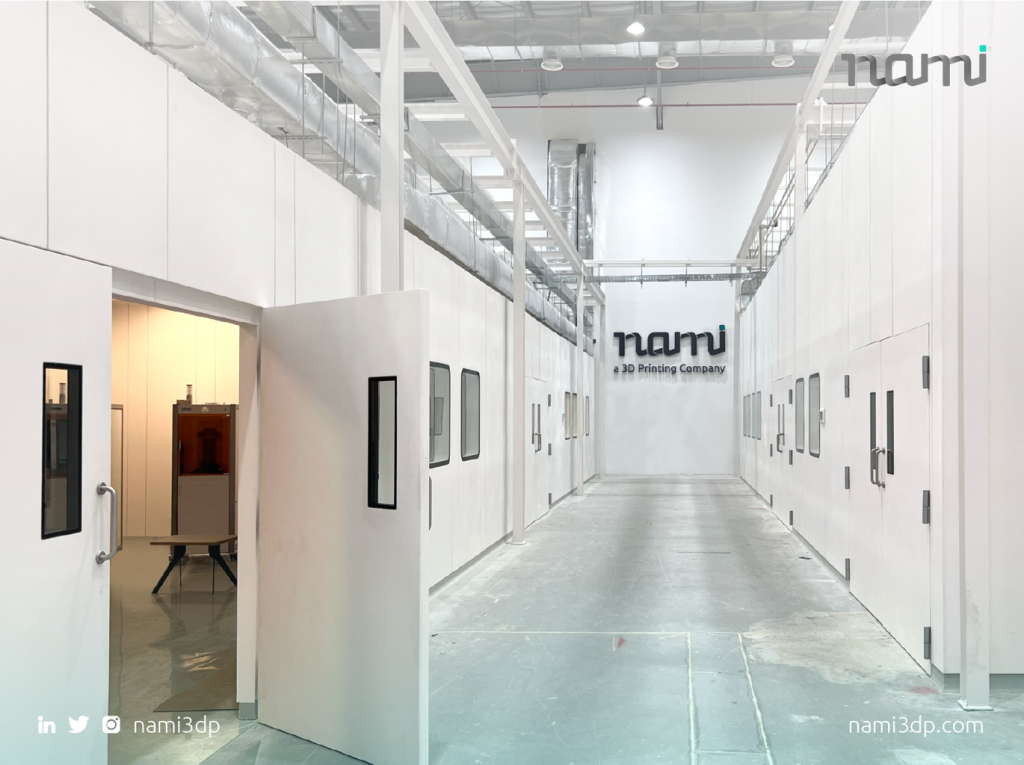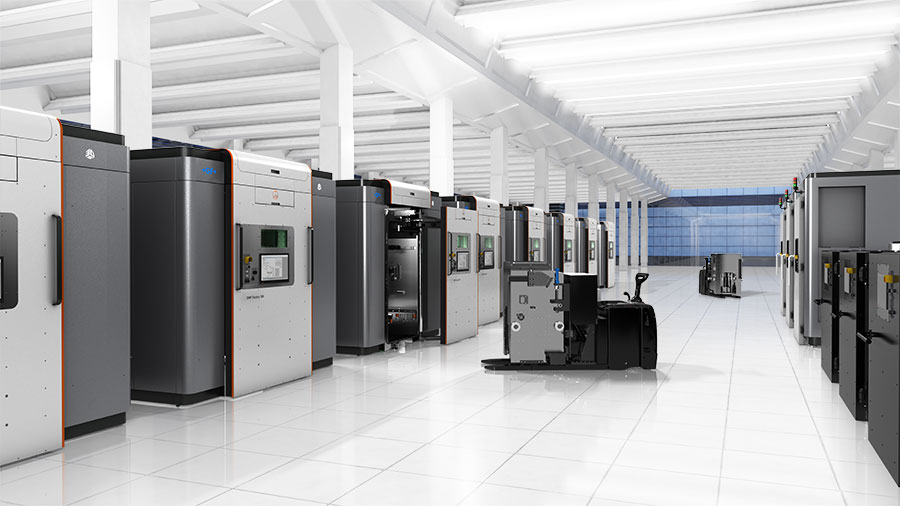Saudi Arabia-based 3D printing service provider National Additive Manufacturing & Innovation (NAMI) Company has purchased multiple metal and polymer 3D printers from 3D Systems.
NAMI, a private joint venture between 3D Systems and Saudi Arabian Industrial Investments Company Dussur, will leverage the new systems to produce parts for the Saudi Electricity Company (SEC). It hopes the new 3D printers will create an efficient, localized supply chain for SEC.
Having recently announced a collaboration with NAMI, SEC is the largest electrical energy producer, transmitter, and distributor in the Middle East and North Africa. The partnership will also see NAMI create a digital inventory of parts to reduce production time, physical storage requirements, and costs.
According to 3D Systems, this deal will allow NAMI to capitalize on the more than $2.6 billion energy sector which is expected to grow to $17 billion by 2032.
“Our additive manufacturing solutions have demonstrated their value for improving supply chain efficiency and accelerating innovation across a variety of industries,” commented Reji Puthenveetil, 3D Systems’ EVP of Additive Solutions and Chief Commercial Officer.
He added that combining the reverse engineering of obsolete parts and additive manufacturing can extend the uptime and life of equipment. As such, NAMI’s acquisition of 3D Systems’ technology “will be invaluable tools to catalyze the collaboration with SEC.”

3D printing optimizes energy supply chains in Saudi Arabia
Through the deal, NAMI has acquired 3D Systems’ metal DMP Factory 500, DMP Flex 350 Dual, and polymer SLS 380 3D printers. According to the US-based 3D printer manufacturer, these systems are optimized for the efficient production of precise, end-use parts.
NoSupports 3D printing strategies, developed by 3D Systems’ Application Innovation Group, will also be leveraged by the Saudi Arabian firm.
Available through Oqton’s 3DXpert software, NoSupports allows users to 3D print large internal cavities without support structures. It can also be used to improve surface homogeneity in downfacing overhangs and reduce the risk of dimensional variations caused by manual finishing. According to 3D Systems, this technology expands the design envelope, accelerates design cycles, and unlocks novel applications.
This technology will be leveraged by NAMI to produce a range of high-performance energy components, including pump impellers, fuel burners, motor fans, heat sinks, and heat exchangers. The production of these parts locally and at the point of need will reportedly enable SEC to mitigate supply chain risks and drive efficiencies.
NAMI was established by 3D Systems and Dassur as part of the Saudi Kingdom’s Vision 2030. This strategic plan was launched under the National Industrial Development and Logistics Program (NIDLP) pillar. It seeks to reduce Saudi Arabia’s reliance on oil, diversify its economy, and develop public utility sectors such as health, education, recreation, and tourism.
Vision 2030 also aims to build localized additive manufacturing production capabilities. Initially, this goal centers around the defense, energy, and manufacturing sectors.
“Since NAMI’s inception, we have made significant progress in expanding the use of additive manufacturing within the region,” explained NAMI CEO, Mohammed Swaidan. “Our collaboration with SEC reinforces our commitment to address the energy sector, and 3D Systems’ technology and applications expertise form the foundation of a transformative solution.”
Swaidan added that NAMI’s collaboration with SEC will enhance supply chain reliance, and “drive substantial cost efficiencies and operational improvements.”

3D printing for energy applications
NAMI is not the only company leveraging additive manufacturing to optimize supply chain efficiency and reduce lead times in energy applications.
Last year, it was announced that US-based natural gas service provider Upwing Energy was leveraging large-format metal 3D printers from Velo3D to produce its Subsurface Compressor System (SCS) compressor module.
Using Laser Powder Bed Fusion (LPBF) 3D printing, the company reportedly reduced manufacturing time to support its SCS gas well deployment schedules. Upwing went from engineering design to full compressor rotor assembly production in 10 weeks. Additionally, simulation testing highlighted the high quality and durability of the 3D printed part.
Elsewhere, 3D printing software developer 3YOURMIND recently partnered with RusselSmith to optimize operations within Nigeria’s oil and gas industry. The initiative seeks to refine the identification, digitization, and production processes needed to 3D print essential energy parts.
According to RusselSmith, the partnership marks a significant development for Nigeria’s energy landscape. Additive manufacturing is set to overcome pertinent challenges associated with ageing infrastructure and the procurement of legacy components.
Want to help select the winners of the 2024 3D Printing Industry Awards? Join the Expert Committee today.
What does the future of 3D printing hold?
What near-term 3D printing trends have been highlighted by industry experts?
Subscribe to the 3D Printing Industry newsletter to keep up to date with the latest 3D printing news.
You can also follow us on Twitter, like our Facebook page, and subscribe to the 3D Printing Industry Youtube channel to access more exclusive content.
Featured image shows NAMI facilities in Saudi Arabia. Photo via NAMI.


